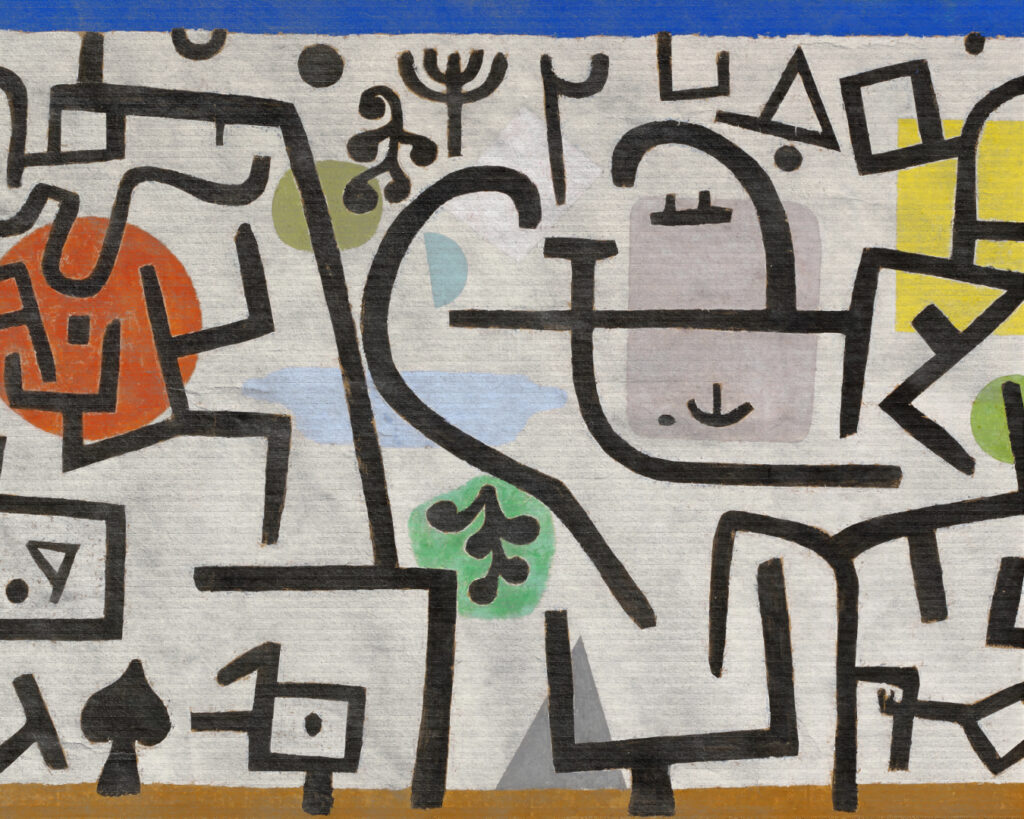These elements are essential for aspiring artists

When I took my first steps towards learning how to draw and design, I didn’t realize there are elements that every artist, regardless of experience, should know.
Lines, shape, form, value, space, texture, and color are essential elements to build magnificent art pieces. These elements can be found in many creative fields, even design.
That’s why I believe every artist should be aware of these elements and how they affect their creative pieces.
1. Lines
Lines are marks that have length and direction.
They can define edges, create contours, suggest movement, and imply texture. Of all the elements of art, lines are the backbone of the other elements.
2. Shape
A shape is a two-dimensional area enclosed by lines.
They can be geometric–circles, squares, triangles–or free-form. Shapes give meaning to the lines you scratch on paper or press onto a tablet. If you can get down shapes, you can start creating your own style and meaning for those shapes.
3. Form
Form is a three-dimensional object that has depth.
It’s often implied through shading and perspective, and can make your art look more realistic. Form happens when shapes are reflective of everyday objects and their depth.
4. Value
Value is the lightness or darkness of tones or colors.
It is the lightness or darkness of tones or colors. Value is crucial for creating the illusion of light and shadow and volume. You use value to help create form. Without it, it would be much more difficult to make your art reflective of real life.
5. Space
Space is the area around and within objects.
Positive space refers to the subject, while negative space is the area surrounding it. Composition relies heavily on space, and space can lead the viewer’s eye and create interest in a piece of art.
6. Texture
Texture is the surface quality of an object
Texture can be smooth, rough, bumpy, etc. It can be implied through mark-making, in the drawing surface, or digitally added.
7. Color
Though not essential for every project, color serves to convey emotions, create mood, and guide the viewer’s attention.
It helps artists express their vision and can significantly impact the overall composition and meaning of a piece.

Leave a Reply